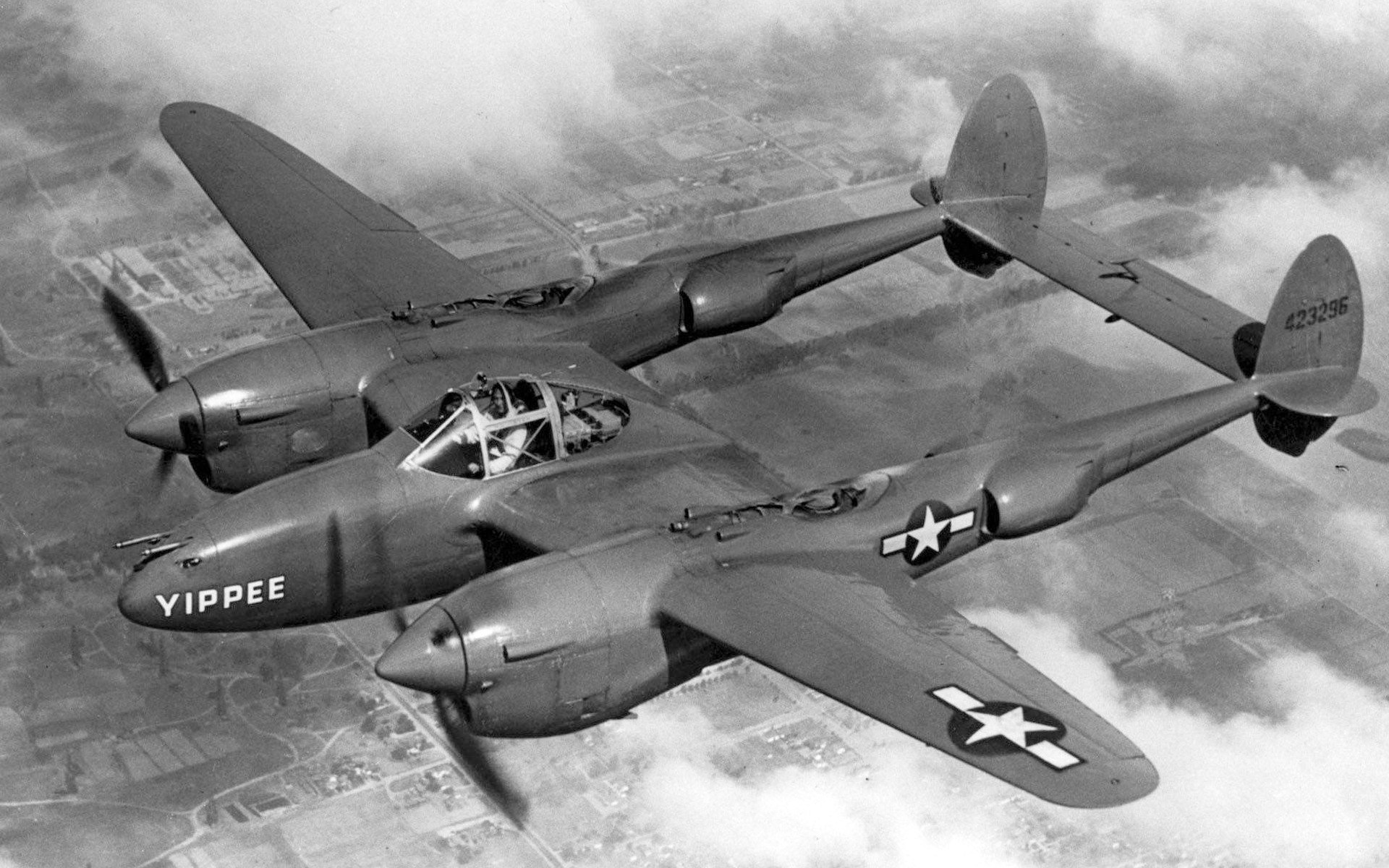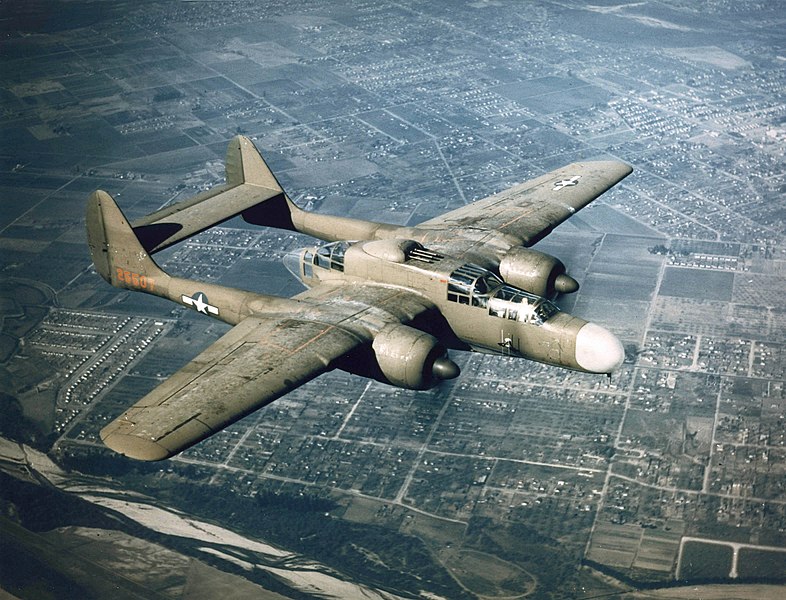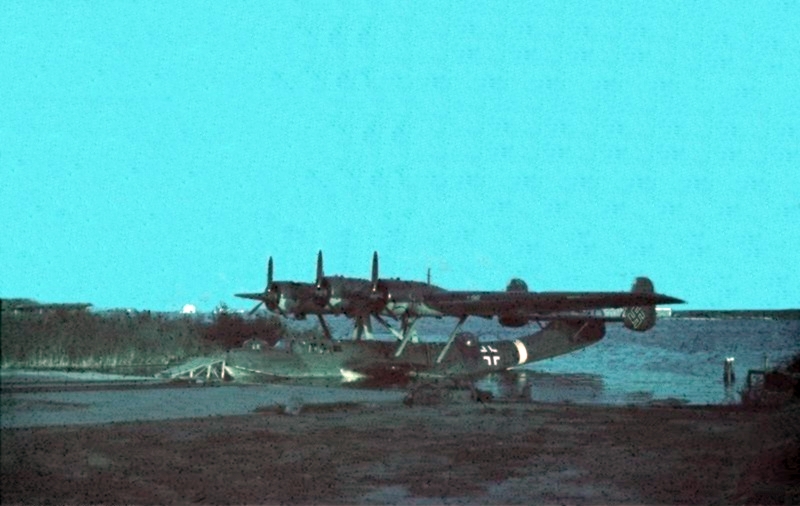The
P-38 is not like many planes in World War II. It had
twin booms. Twin boom aircraft are among the most stunning looking and intriguing aircraft. It seems that reasons for having a twin boom rather than a mono-body are varied and have little to do with aerodynamics. This configuration allows for rear cargo doors, a push propeller, rear observations or electronics, stable overall frame, central exterior cargo, and other things that I can't think of. When your designing something and you start to look at the numbers, different characteristics are desired over others based on the desired role of the aircraft. A twin boom design might just flip the bill. Let's check out a few of my favorites.
 |
| P-38 Lightning |
 |
| P-61 Black Widow |
|
World War II was an interesting era for aircraft design. The P-38 and the
P-61 had similar twin boom configurations. Their crews were housed in a central nacelle set between the two booms that housed the twin prop engines. In the case of the P-38, there was seating only for one and all the guns and cannons were directly in front of the pilot. No propeller interrupt was needed. It was designed as a high altitude (20,000 ft.) interceptor. It featured a large rear elevator, a large wing area, and a twin boom design. The twin booms were ideal to keep structural integrity and low weight. It was successful in its missions and had a number of variants and upgrades. The P-61 was a night fighter that had a crew of 3 and would be in flight for 8 hours. It was used to hunt bombers, and had a newly developed aircraft radar system. Such equipment for that era was large and heavy. On top of that, this plane was armed to the teeth. It was classified as a fighter. The rear of the middle nacelle was where the radar guy sat. Jack Northrop made the initial design and gave it its twin booms. I wish I knew why.

There were some cargo aircraft of this configuration. Now, they are all but abandoned. One in particular starred in the 1965 movie
Flight of the Phoenix. The plane was the C-119 Boxcar. It had a large central nacelle where cargo and crew were. The rear of that nacelle featured large doors that opened to the sides. Now cargo planes have a very different design for the rear doors that allows for more traditional craft design. In the movie, the plane crashes and the survivors make a new plane using one engine boom and attaching the wings to it. I do recommend the movie. A remake was made of it in 2004, but I like the original.
 |
|
| WhiteKnightTwo |
 |
| He 111 z |
|
The strangest of the twin booms are the twin fuselages. These are used for various reasons. These differ from the P-38 design in that the elevators are not joined. One I like a lot is the Heinkel 111 Z. It was a makeshift of two Heinkel 111s that were joined together by the main wing. A fifth engine was added in the middle. The purpose of it was to tow the biggest glider of World War II, the
Me 321. I found some great pictures of this aircraft in a french web site (
click here,
Google translated here). Its definitely one of the more unique aircraft. In modern times, Scaled Composites created a mother ship to launch a rocket spaceplane into suborbital heights. The plane was the WhiteKnite. It featured twin booms, a middle nacelle for cockpit and engines. The main wing raised from the booms to the center in order to give clearance to the main cargo, the space plane. Burt Rutan designed it and came up with it out of neccesity and speed of manufacturing. They were in the Ansari X-Prize competition, and ended up winning. The descendant of this plane was
WhiteKnightTwo. This had twin fuselages and was a more concise design. Its purpose was also to carry a rocket spaceplane and be able to launch it form altitude. At the time of its construction, it was the largest all composite aircraft to date. Another twin body mother ship was the proposed aircraft of
Stratolaunch. Stratolaunch want to launch medium sized space launchers from the air. The mother ship would be the biggest airplane by wing span. There's a lot of things to be done before such a vision becomes a reality.
 |
| O-2 Skymaster |
 |
| OV-10 Bronco |
In the category of observation aircraft, we have the
O-2 Skymaster and the
OV-10 Bronco. The Skymaster was from a civilian aircraft. It featured two props, a puller and a pusher. The booms were really skinny and just made to work around the pusher prop. The US used this in the Vietnam Conflict as an observation platform. It would track enemy ground troops. It was featured in the movie
Bat-21. That was a really good flick. One of the problems with it is that it was shot down by small arms fire. In later years, the US Air Force acquired the OV-10 as an observation platform. This craft was rugged. It could land anywhere, and it could short takeoff as well. It featured a design like the P-38, but it could carry 2 people and had a small cargo hold. So it could resupply a small ground troop unit in the bush. It did have ejector seats, but you'd better be wearing your helmet because your going to crash through the cockpit class. The glass did not eject. I bet it hurt.
Wow! There's a lot of these twin boom aircraft. From the P-38 to the modern WhiteKnightTwo, it seems these configurations aren't going away. There are even unmanned aerial vehicles with twin booms. This types of aircraft have a multitude of uses. I believe they are a prime example of what makes airplanes so great.







